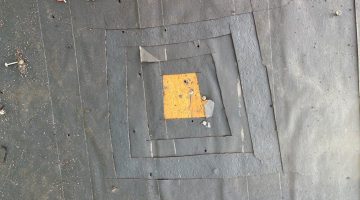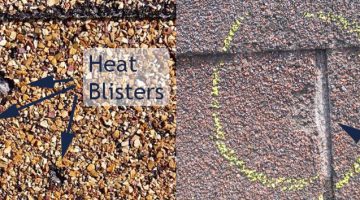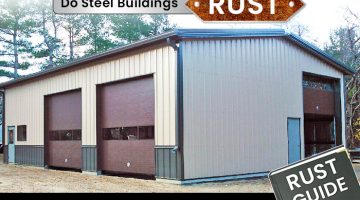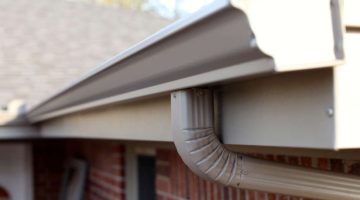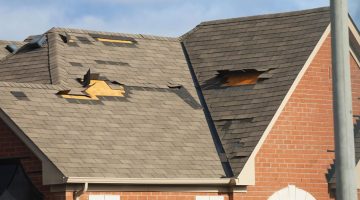Hail is a weather phenomenon that can cause significant damage to roofs, especially if the hailstones are large or falling at high speeds. When hailstones impact a roof, they can cause dents, cracks, or even punctures that can compromise the roof’s integrity and lead to leaks or water damage. Therefore, it’s important to understand the effects of hail on a roof and how to assess and repair any damage that may occur.
One of the most common effects of hail on a roof is dents or indentations. When hailstones hit the shingles or other roofing materials, they can leave small marks or dents that may not be immediately visible. Over time, these dents can weaken the roof and make it more susceptible to leaks or other damage.
Another effect of hail on a roof is cracking or splitting of the roofing materials. This can occur when the hailstones are large or falling at high speeds and impact the roof with significant force. Cracked or split shingles or tiles can expose the underlayment or decking underneath, making the roof vulnerable to moisture and water damage.
Hail can also dislodge or loosen the roofing materials, causing them to shift or fall off the roof. This can happen if the hailstones hit the roof at an angle or with enough force to knock the materials out of place. Loose or missing shingles or tiles can create gaps in the roof that can allow water to seep in and cause damage to the underlying structure.
In addition to physical damage, hail can also cause cosmetic damage to a roof. This can include discoloration, staining, or chipping of the roofing materials. While cosmetic damage may not affect the roof’s integrity, it can reduce the curb appeal of the property and lower its value.
If your roof has been affected by hail, it’s important to have it inspected by a professional. A roofing contractor can assess the damage and recommend the best course of action to repair or replace the damaged materials. Depending on the extent of the damage, the roof may need to be repaired or replaced entirely.
In conclusion, hail can have significant effects on a roof, including dents, cracking, and dislodging of roofing materials. If your roof has been damaged by hail, it’s important to have it inspected and repaired by a professional to prevent further damage and ensure the roof’s longevity. Regular maintenance and inspections can also help identify any potential issues and prevent damage before it occurs.




